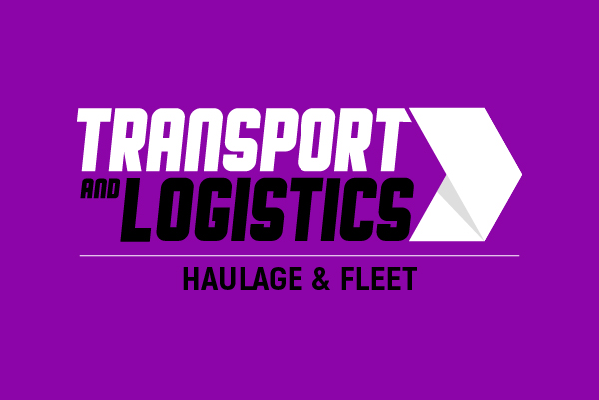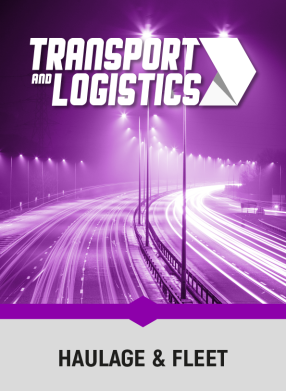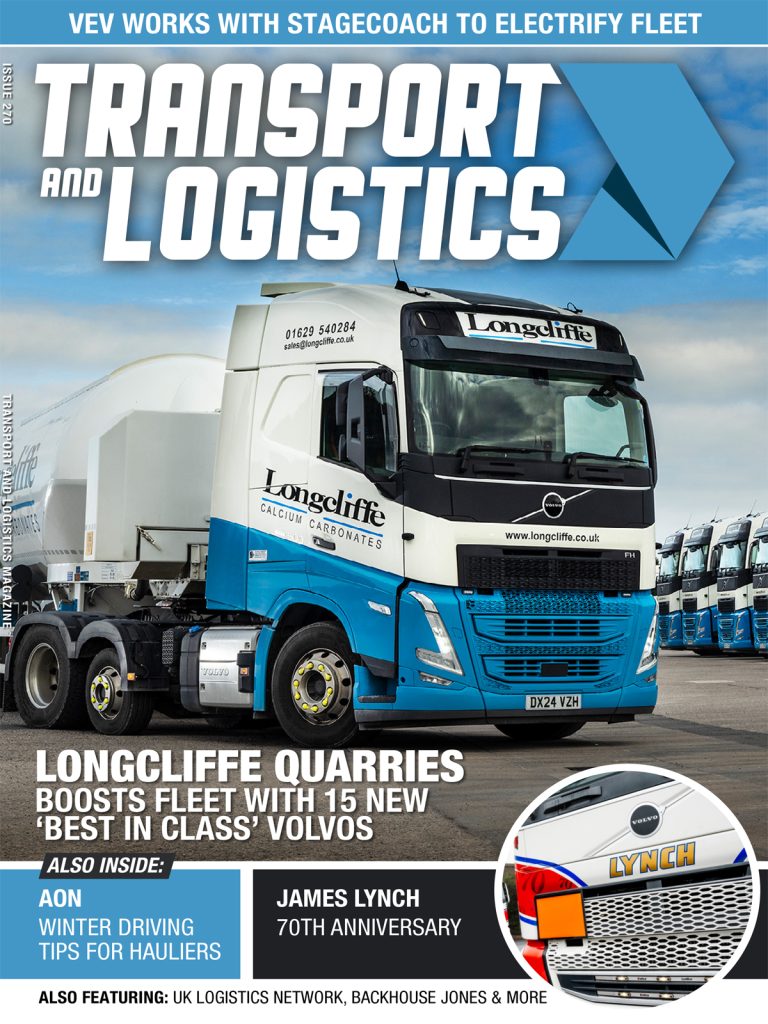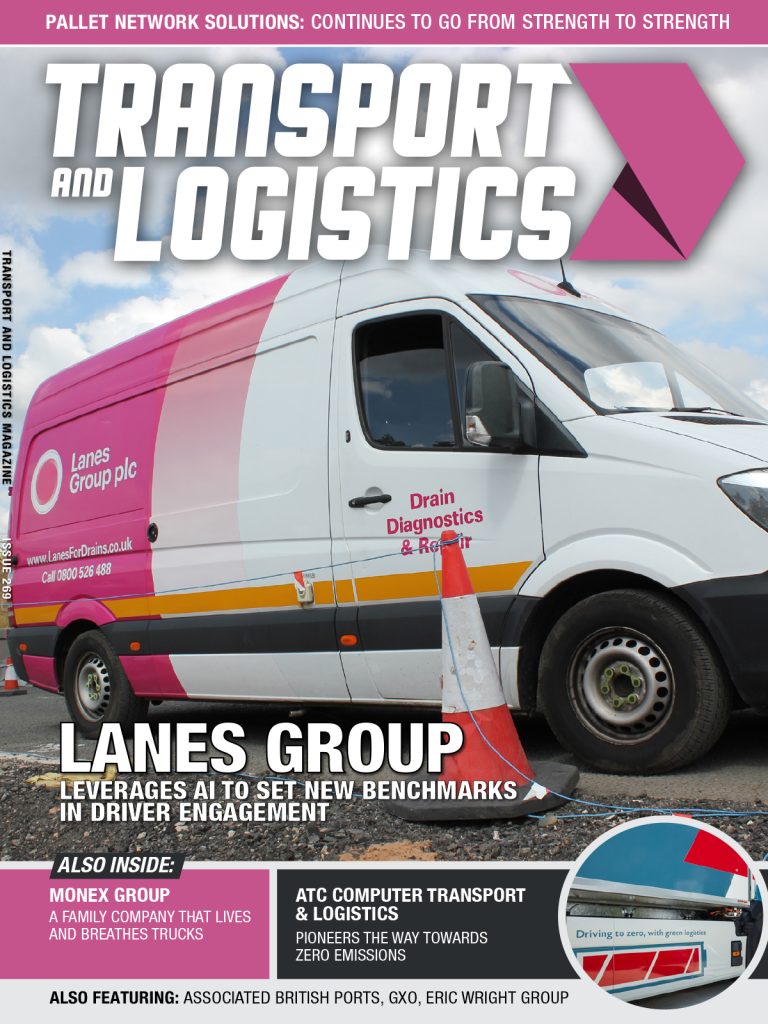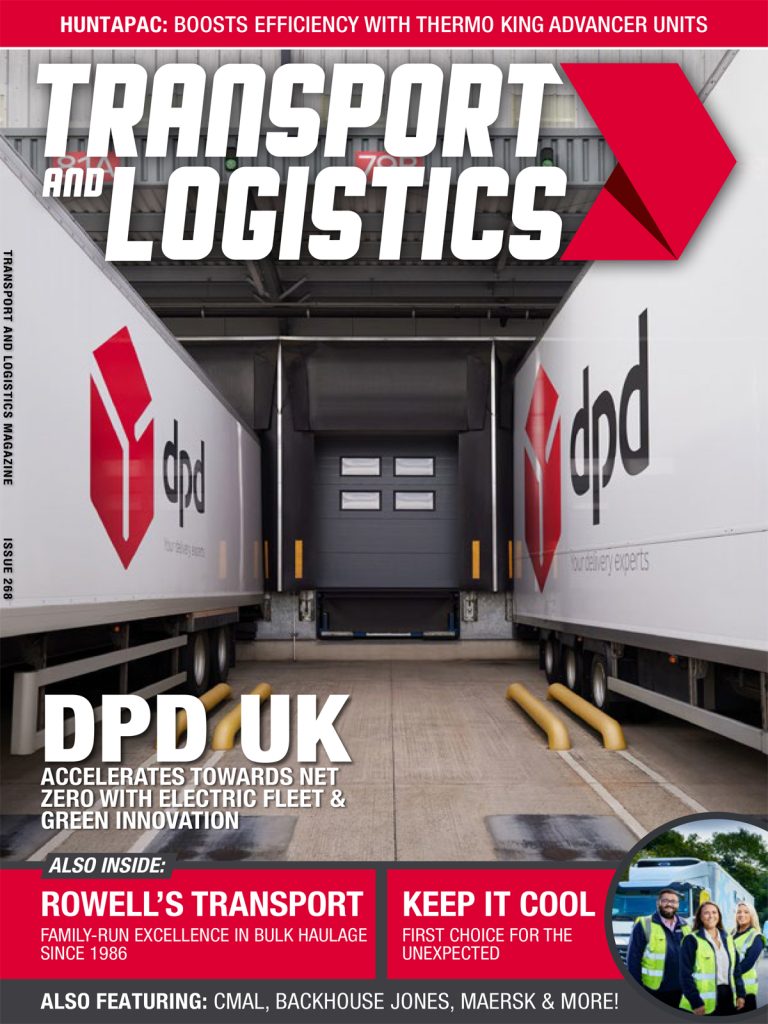Is It Really So Hard To See Why Drivers Are Difficult To Find?
By Mike Farrall
The driver shortage is critical, it’s not getting any better, and it is not so difficult to see why. It’s not about the money. Good rates are being offered across the industry, but I believe the problem is more closely related to the way drivers are regarded and treated. Do we, collectively, as consumers and as commercial organisations dependent on an efficiently run logistics sector, fully appreciate the increasing pressures, demands and constraints placed upon drivers in their everyday work?
Businesses are under constant pressure to cut costs and at the same time speed up the flow of goods in their supply chains. Retailers are becoming more dependent on Internet sales, omni-channel solutions and ever-faster delivery, with later and later cut-offs and constricting delivery windows. And this places a heavy burden on drivers to perform under increasingly difficult circumstances.
According to the Interactive Media in Retail Group (IMRG) 205 million home deliveries were forecast for November and December 2014, up from 177 million last year. If this trend is to continue, where are the drivers going to come from? The Road Haulage Association estimates the sector needs 60,000 drivers and will be 257,000 short by 2022.
What’s more, 40 per cent of HGV drivers are over 50 and only 1 per cent is under 25. The recent introduction of CPC regulations has pushed many older drivers into early retirement. Clearly, something needs to be done.
If we are to appeal to a younger generation of drivers, we need to look closely at the pressures we place on these key people who hold our supply chains together. Of course, we should expect that standards of competence and safety are maintained and sustained, however, there are many areas where some empathy, better planning and a little flexibility could make drivers’ jobs less frustrating and more appealing to the young.
There may be little we can do in the short-term about the stress caused by road congestion, but more could be done about the time drivers spend waiting due to inefficiencies in the loading and unloading process. Long periods of delay are both frustrating for the driver and have knock-on impacts to schedules, all of which make for longer shifts and result in less time with the family. As for most people, a job’s impact on family life is a very significant factor when considering a career.
Better planning and control of processes in the warehouse would help cut these delays and reduce order inaccuracies, both points that often have negative consequences for both driver and customer.
Furthermore, we should ask ourselves: When vehicles are being unloaded, should drivers be left standing in the rain as they so often are? Or for those offered shelter, could more inviting waiting rooms be provided? After all, drivers are expected to work long days – a few creature comforts would help.
But, perhaps, beyond anything else, we all need to treat our drivers with a higher level of respect – and that’s across all sectors of commerce and industry. These are people doing their daily work to the best of their ability and we should respect them for it. If we could just stop and appreciate what they do to keep our supply chains moving, and demonstrate that appreciation, rather than just expecting more from them, then surely we would send a message to the young that being a driver is a worthwhile and rewarding career.
Mike Farrall is Chairman of Farrall’s Transport


